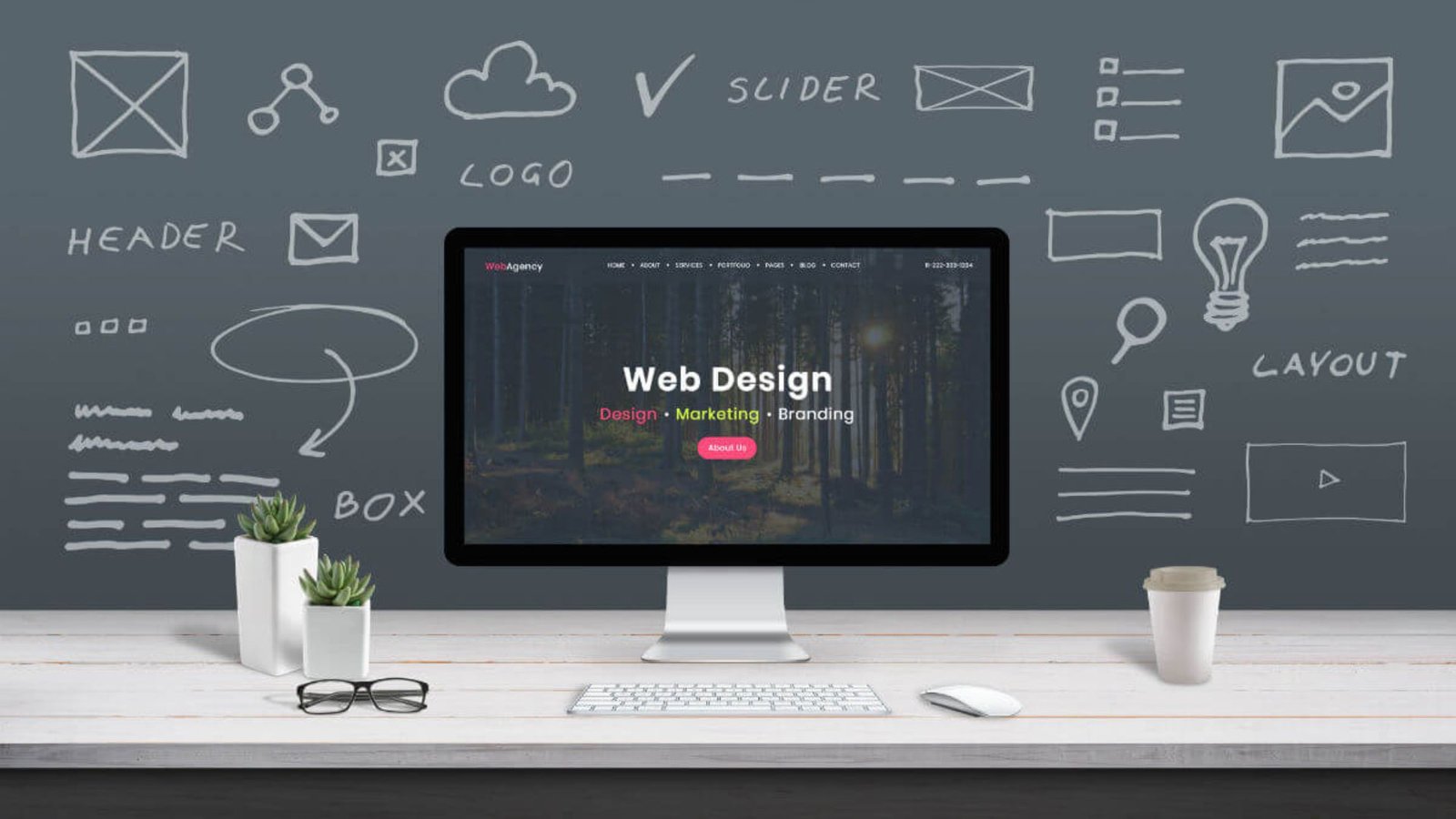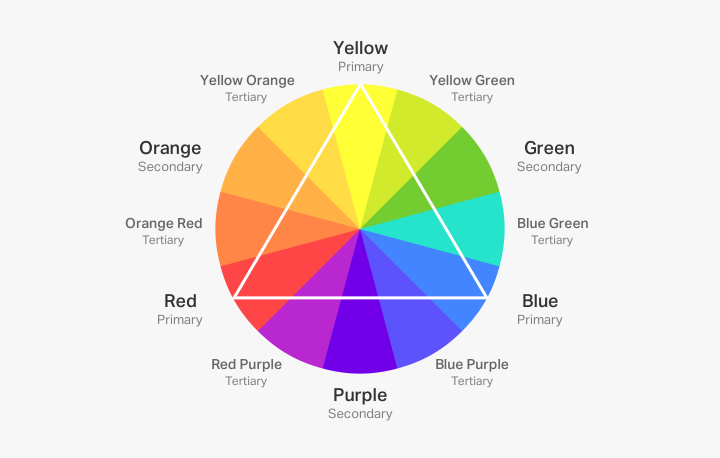Designing a user-friendly website is essential for attracting and retaining visitors. A user-friendly website ensures that users have a smooth and enjoyable experience while navigating your site. In this article, we’ll walk you through key strategies to make your website as user-friendly as possible.
Designing a User-Friendly Website
1. Prioritize Simple Navigation
A user-friendly website begins with intuitive navigation. Ensure that your website’s menu is easy to find and use. A clear, well-organized menu helps users quickly find what they’re looking for. Use categories and subcategories to keep things simple.

2. Optimize for Mobile Devices
With more users accessing websites on their smartphones, mobile optimization is crucial. Make sure your user-friendly website is responsive and looks great on all devices. Responsive design adjusts your site’s layout based on the screen size, ensuring a consistent experience across devices.
3. Ensure Fast Loading Times
Speed is a significant factor in user experience. A slow-loading user-friendly website can frustrate visitors and lead them to leave. Optimize images, use caching, and streamline code to improve loading times. Tools like Google PageSpeed Insights can help you identify and fix performance issues.
4. Use Clear and Concise Content
Content on a friendly website should be easy to read and understand. Use clear headings, short paragraphs, and bullet points to break up text. This makes it easier for users to scan and find important information quickly.
5. Implement a Search Function
A search function enhances the user-friendly website experience by allowing users to quickly locate specific content. Ensure the search bar is easy to find and delivers accurate results. Implement filters or suggestions to refine search results and improve usability.
6. Design with Visual Hierarchy in Mind
Visual hierarchy helps guide users’ attention to the most important elements of your friendly website. Use contrasting colours, different font sizes, and spacing to highlight key information and calls to action. This makes it easier for users to navigate and interact with your site.
7. Ensure Accessibility for All Users
An accessible friendly website ensures that everyone, including those with disabilities, can navigate your site. Follow web accessibility guidelines, such as using alt text for images, ensuring colour contrast, and providing keyboard navigation options.
8. Incorporate Clear Call-to-Actions
Effective call-to-actions (CTAs) are essential for a friendly website. Make sure CTAs are prominent and indicate what users can expect when they click. Use action-oriented language and ensure buttons are easily clickable on both desktop and mobile devices.
9. Maintain Consistent Design Elements
Consistency in design elements contributes to a friendly website. Use a uniform colour scheme, font style, and layout throughout your site to create a cohesive experience. Consistency helps users feel more comfortable and familiar with your site.
10. Provide Contact Information Clearly
Make it easy for users to contact you. Display contact information prominently on your friendly website. Include multiple contact options, such as email, phone, and a contact form, to accommodate different user preferences.
11. Use High-Quality Images and Graphics
Visual appeal plays a role in a friendly website. Use high-quality images and graphics that enhance your content and engage users. Avoid using too many stock photos, as authentic visuals often resonate better with visitors.
12. Implement User Feedback
Gather and act on user feedback to improve your friendly website. Use surveys, feedback forms, and analytics to understand user needs and pain points. Regularly review feedback to make informed updates and enhancements.
13. Ensure Secure Transactions
For e-commerce sites, security is crucial. A friendly website should provide a secure shopping experience. Use SSL certificates to encrypt data and display trust badges to reassure users that their transactions are safe.
14. Test Your Website Regularly
Regular testing ensures that your friendly website continues to meet user expectations. Perform usability tests to identify areas for improvement and address any issues. Test on different devices and browsers to ensure consistent performance.
15. Keep Content Updated
An up-to-date friendly website keeps visitors engaged and returning for more. Regularly update content to reflect current information and trends.
Conclusion
Designing a user-friendly website involves a combination of clear navigation, mobile optimization, fast loading times, and accessible content. By focusing on these areas, you can create a site that provides an enjoyable and efficient experience for all users.




